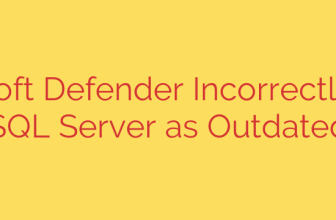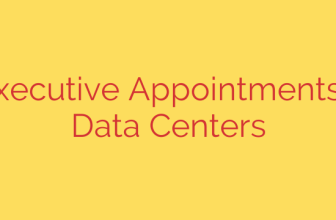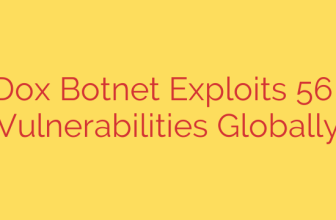
SonicWall Cloud Backup Incident: What You Need to Know to Protect Your Data
In the world of cybersecurity, the trust placed in security vendors and their cloud services is paramount. When that trust is challenged by a security incident, it serves as a critical reminder for businesses everywhere to reassess their own security posture. A recent vulnerability affecting SonicWall’s cloud infrastructure has brought this issue to the forefront, specifically impacting customers of its Cloud Backup service.
This event underscores the sophisticated nature of modern cyber threats and highlights the ripple effect that a single vulnerability can have across a network of users who depend on these services for business continuity.
What Happened? The Details of the Incident
The security issue stemmed from a highly sophisticated, targeted attack that exploited a zero-day vulnerability in certain SonicWall products. Zero-day vulnerabilities are previously unknown security flaws, which means vendors have no time to prepare a defense before they are actively exploited by attackers.
Initially, communication regarding the incident suggested a limited impact. However, the situation evolved as more details emerged, revealing that customers using the SonicWall Cloud Backup service were directly affected. Threat actors who successfully exploited the vulnerability were potentially able to gain access to internal systems, creating a significant security risk for dependent clients.
The core concern for any business using a backup service is the integrity and confidentiality of its data. This incident has raised serious questions about the security of backed-up information and the measures in place to protect it from unauthorized access.
Essential Security Measures to Protect Your Business
Whether you were directly affected or not, this incident is a powerful catalyst for reviewing and strengthening your organization’s security protocols. Taking proactive steps is the best defense against future threats. Here are the critical actions every business should take now.
1. Apply Patches and Updates Immediately
The single most important step in mitigating known vulnerabilities is timely patching. Vendors like SonicWall release security patches to fix flaws as they are discovered.
- Actionable Tip: Enable automatic updates where possible. If manual updates are required, create a strict schedule for checking and applying security patches for all critical infrastructure, including firewalls, VPNs, and servers.
2. Enforce Multi-Factor Authentication (MFA)
MFA is one of the most effective security controls you can implement. It acts as a powerful barrier against unauthorized access, even if an attacker manages to steal user credentials.
- Actionable Tip: Mandate MFA for all users and services, especially for remote access VPNs, cloud service administration, and email. Do not treat MFA as optional.
3. Restrict Management Access
Your security appliance’s management interface should not be exposed to the public internet. Limiting access to a small, authorized group of internal IP addresses dramatically reduces your attack surface.
- Actionable Tip: Configure firewall rules to ensure that management portals for SonicWall devices and other critical systems are only accessible from trusted, internal network locations.
4. Conduct Regular Security Audits and Log Reviews
Proactively searching for signs of compromise is crucial. Attackers often leave subtle traces of their activity in system logs.
- Actionable Tip: Regularly review access logs for your VPN, firewalls, and critical servers. Look for unusual login times, multiple failed login attempts, or access from unfamiliar IP addresses or geographic locations.
5. Stay Informed and Follow Vendor Guidance
In the aftermath of an incident, the affected vendor is the primary source of information for patches and mitigation advice.
- Actionable Tip: Subscribe to security bulletins and alerts from all of your key technology vendors. Ensure that your IT team is designated to monitor these channels and act swiftly on any recommendations.
The Broader Lesson: Vigilance is Non-Negotiable
This SonicWall incident is more than just a story about one company; it’s a lesson in the shared responsibility of cybersecurity. While cloud providers must secure their infrastructure, businesses must also take ownership of their security configuration and response planning.
Relying solely on a vendor for protection is no longer a viable strategy. A resilient security posture requires a multi-layered approach that includes prompt patching, strong authentication, restricted access, and continuous monitoring. By adopting these principles, your organization can better withstand the ever-evolving landscape of cyber threats and protect its most valuable asset: its data.
Source: https://go.theregister.com/feed/www.theregister.com/2025/10/09/sonicwall_breach_hits_every_cloud/








